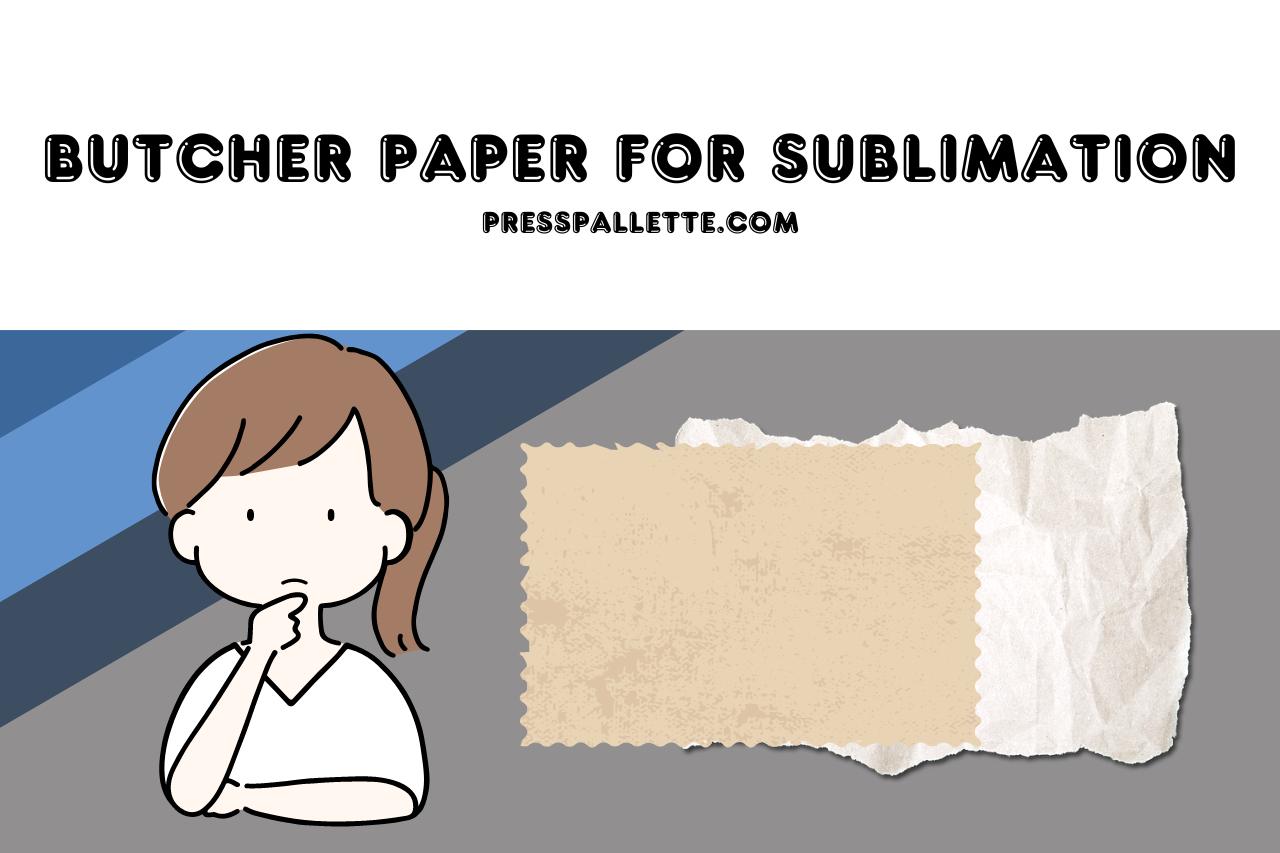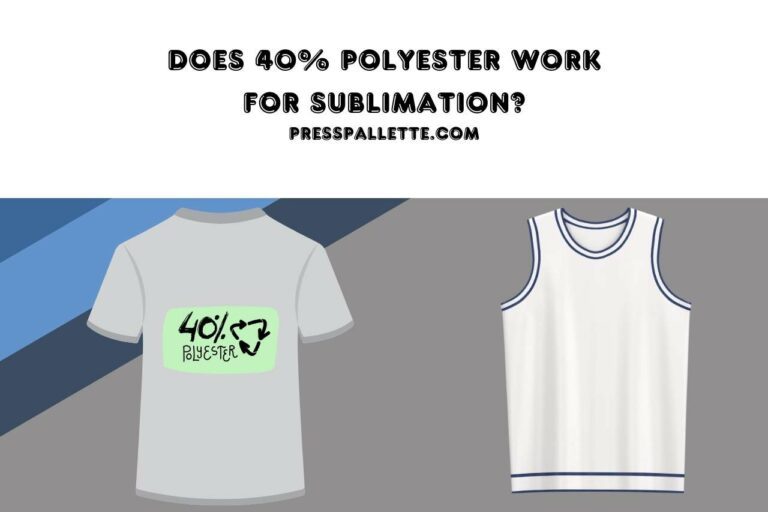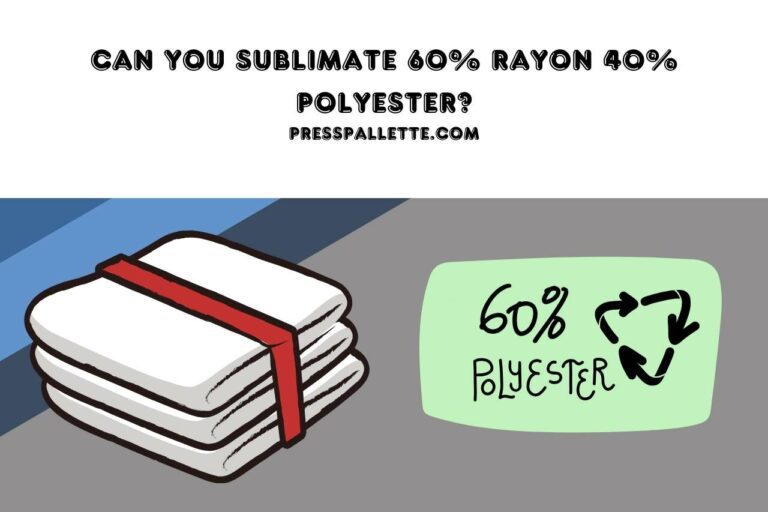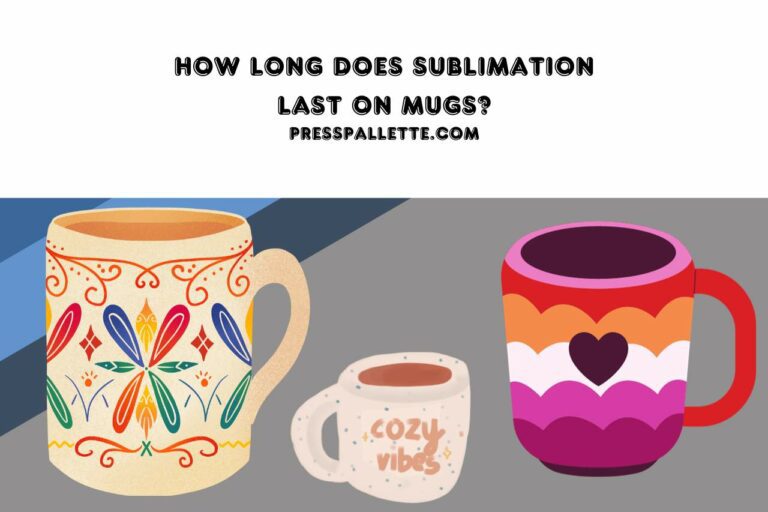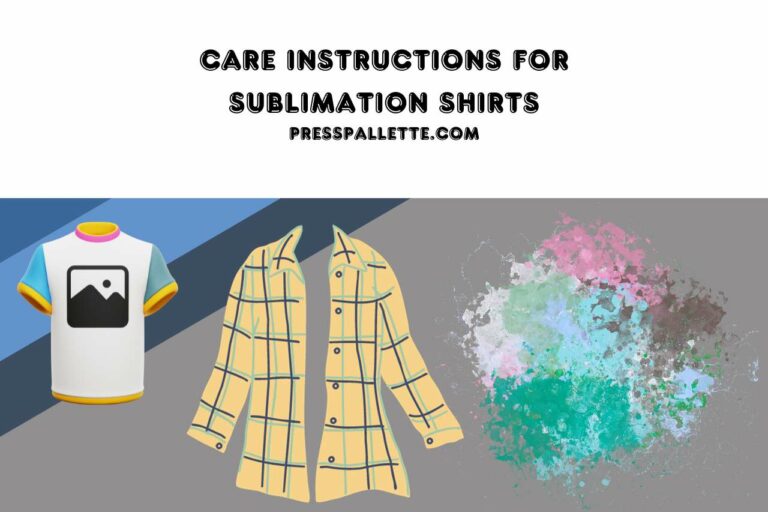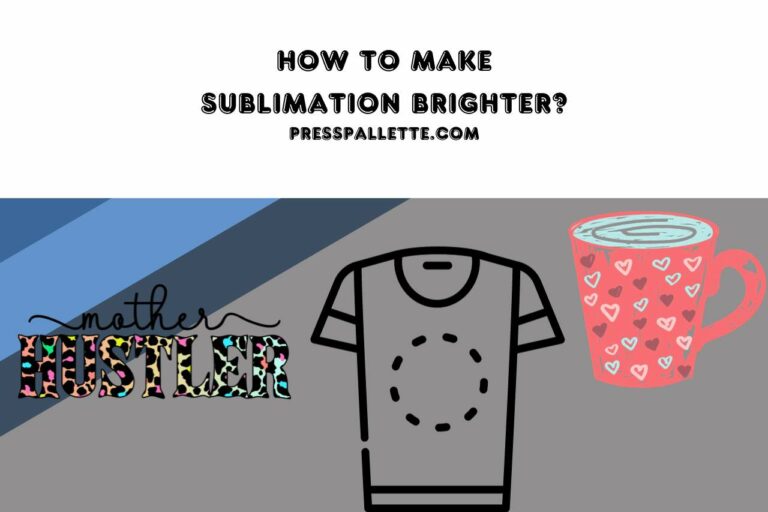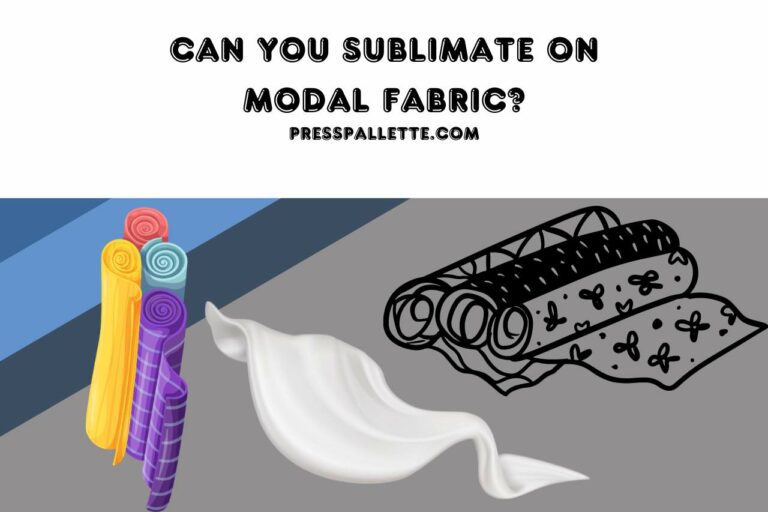Butcher Paper for Sublimation – Exploring Butcher Paper for Sublimation!
Very few substances come close to offering the same adaptability as “Butcher paper for sublimation” when comparing all the many types of materials utilized for the sublimation printing process. In addition to offering a variety of different textures and colors, this sort of paper is also quite affordable, making it the perfect choice for small enterprises on a budget.
Overall, butcher paper can be the answer you’ve been seeking when you’re in the market for an inexpensive yet useful material to use in your sublimation projects.
What Really Is Butcher Paper?
Butcher paper is a particular type of paper that is used to protect meats, fish, and shellfish from taste and air pollution contamination. Suitable in preparation and cooking meat, and also for packaging sandwiches along with subs.
Very few substances come close to offering the same adaptability as “Butcher paper for sublimation” when comparing all the many types of materials utilized for the sublimation printing process. In addition to offering a variety of different textures and colors, this sort of paper is also quite affordable, making it the perfect choice for small enterprises on a budget.
Although it is neither oiled nor greased, this sort of paper is given a treatment throughout manufacture to keep it from ripping or dissolving when holding liquids or wrapping meat.
Butcher paper looks to be a terrific solution for meat markets and delis alike, and it also works well as a tablecloth for safeguarding linens.
White Butcher Paper is Available?
Utilizing white butcher fabric that has been authorized by the FDA, briefs, hamburgers, and other products may be rapidly wrapped in addition to being used to serve as a tablecloth. White butcher tablecloths can also be utilized to cover work surfaces when crafting.
Pastel-colored Butcher Sheet
Pink or peach-colored butcher paper is useful for hiding any juices or bleeding from raw meat. Its color may vary from yellow to rosy pink.
Peach-colored Butcher Paper
In this great article, the application of a resizing agent preserves freshly cut meats for preservation. The meat will stay fresh and retain its bright red color since the paper with coating only allows a small quantity of air to contact it.
Using Gardenia to Make Butcher Sheet
Its unusual color, which goes well with meat that is raw and shellfish, makes Gardenia-quality linen simple to identify.
Paper to Butcher Steak With
You may retain the meat’s juices within for a while and prevent color fading by wrapping it in steak paper. Only a handful of the colors and dimensions with this sheet of paper are green, black, and white, along with peach.
For What Purpose is Butcher Paper Crucial in Sublimation?
The expression “butcher paper” comes from the fact that it is frequently utilized to package and store meats. It remains a versatile substance, though, and has been used in a variety of crafts, notably sublimation.
Protection
A butcher sheet is commonly used in these crafts as a means of shielding the substrate, avoiding touching directly with the heated press or sublimation device. To shield the material being heated from extreme temperatures, butcher paper serves as a barrier between the radiation source as well as it.
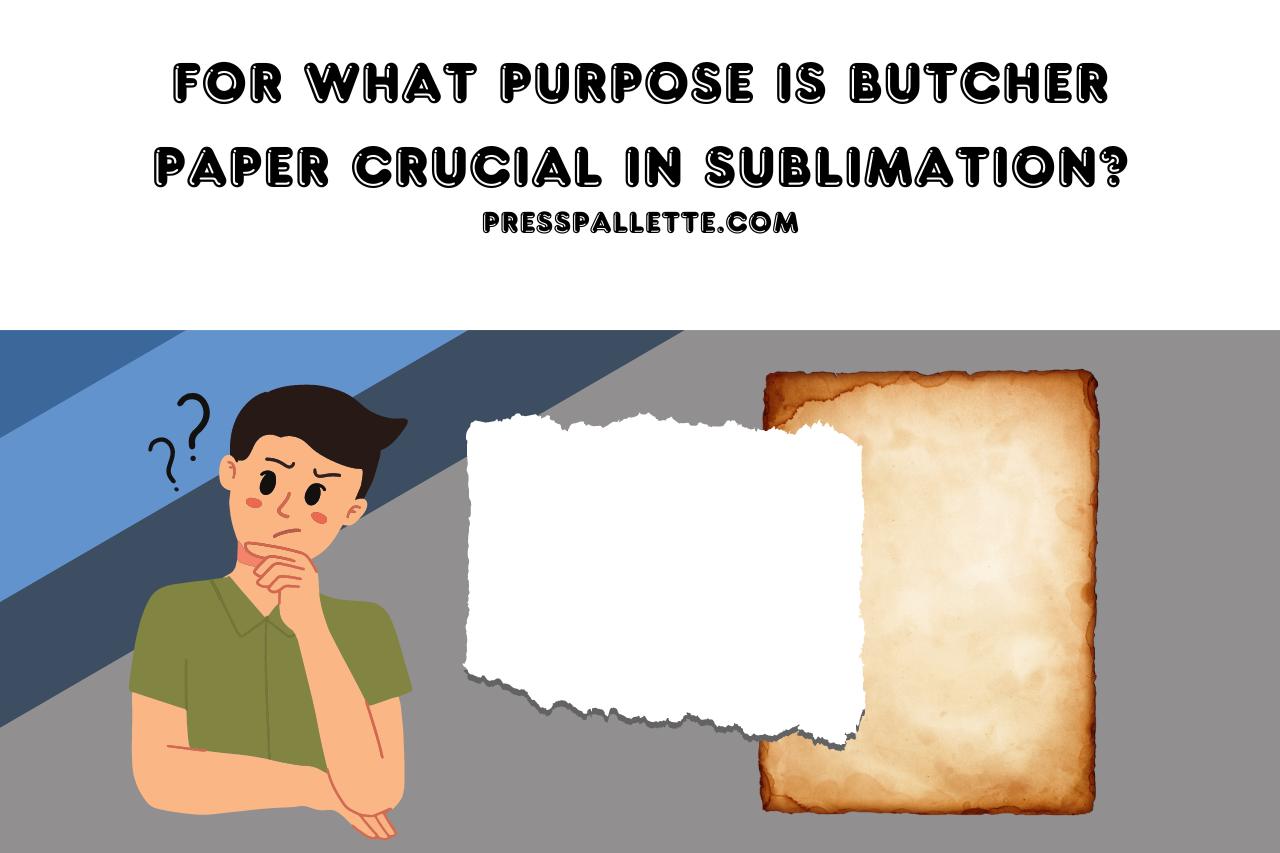
Consistency
To obtain consistent outcomes, butcher paper is also used. By assisting in the uniform distribution of both pressure and temperature, butcher paper makes sure that each substrate’s whole surface is subjected to exactly the same conditions. As a consequence, the design is transferred to the surface in a more uniform manner.
Simple to Use
Butcher paper is simple to use for crafts that include sublimation as well as a heat press. The substance is flexible and thin, which means it is simple to handle as well as cut. Additionally, it features an even surface that makes it simple to slide the substrate into and out of the sublimation apparatus.
Versatility
T-shirts, caps, mugs, wood, metal, and various other substrates may all be covered with butcher paper because of its adaptability. It is, therefore, a practical option for many sublimation as well as heat press tasks.
Cost-effective
Butcher paper has the additional benefit of being reasonably affordable when compared with different materials that may be used for sublimation as well as heat press handicrafts. This renders it a sensible option for individuals on a tight budget.
It is a useful tool for anybody engaged in these kinds of crafts because of these characteristics.
What Benefits and Drawbacks Come with Utilizing Butcher Paper for Sublimation?
Butcher paper offers benefits and drawbacks when used for sublimation.
Advantages
The fact that it works with a wide range of substances, including textiles, wood, metal, as well as ceramics, constitutes one of its key advantages.
In comparison to other specialty papers, it is very reasonably priced.
Butcher paper also aids in preventing damage caused by heat from occurring to the surface through the manufacturing process and offers the best level of ink or dye retention.
Disadvantages
Butcher paper has various disadvantages when it comes to sublimation. It might be challenging to adequately cling to uneven surfaces, like the ones seen on cups or fabric products.
If not handled properly, you might end up with prints of low quality that don’t stay very long.
Additionally, because the paper is thin if too much force is exerted when pressing downward, it might harm the substrate.
In conclusion, you must balance these advantages and disadvantages to determine whether the use of butcher paper is appropriate for your project requirements.
How Do I Choose the Best Butcher Paper Creations for Sublimation?
Because of its many characteristics and suitability for this procedure, butcher paper is particularly made for sublimation.
The High Percentage of Polyester
Polyester makes up a significant portion of butcher paper, often 60 to 80%. Paper’s polyester strands enable the ink to adhere to them and become a part that makes up the paper, leaving a lasting impression.
White in Tone
Making sure that the picture’s colors are true and brilliant requires a bright white background.
Uniform Surface
For the ink to be properly spread and prevent bleeding or smudging during the procedure of sublimation, the top layer must be smooth.
Strong Absorption
Butcher paper can effectively absorb the ink and stop any smearing or bleeding when printing.
Durable
Because it can endure pressure as well as elevated temperatures, butcher paper may be used in a hot press without ripping or warping.
Consistency
The consistency of the density and thickness of butcher paper across the roll assures that the dimension and level of the printed pictures will be constant.
Butcher paper is the ideal choice for sublimation since using other papers might have an impact on the final result because they could not have the correct characteristics to resist the process or a sufficient quantity of fibers made from polyester that render the image permanent.
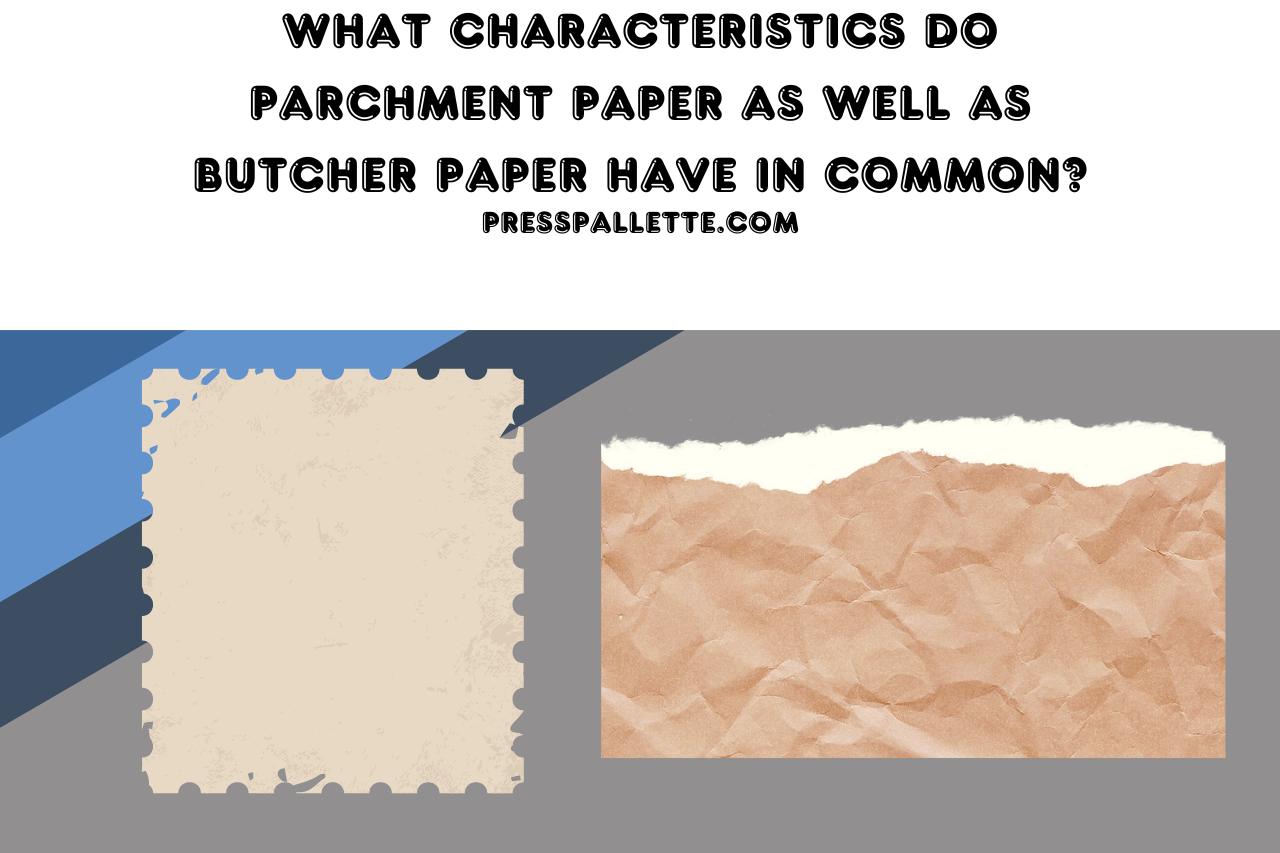
What Characteristics Do Parchment Paper as Well as Butcher Paper have in Common?
The primary similarities between parchment paper as well as butcher paper are listed below.
Both Sheets Provide Excellent Transfer Media
When using sublimation printing, butcher, as well as parchment papers, constitute acceptable transfer media. With the use of sublimation ink as well as warmth and pressure, users may transfer patterns from paper to surfaces.
Both Can withstand Heat
Both materials can withstand the high temperatures used in sublimation printing processes and are heat resistant. They are ideal for sublimation printing processes because of their quality.
Both are Thrown Away
Even when the transfer procedure is over, it is simple to discard both of these sheets because they are both throwaway after usage.
With Various Substrates, Both Papers Function Effectively
Both papers may be used with a variety of substrates, such as ceramic, metal, and additionally textiles. They become dynamic choices that are ideal for sublimation printing as a result.
Watch this one,
Video Credits – TroyTube
You May Also Like

